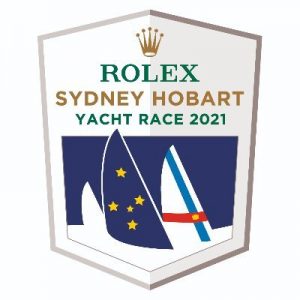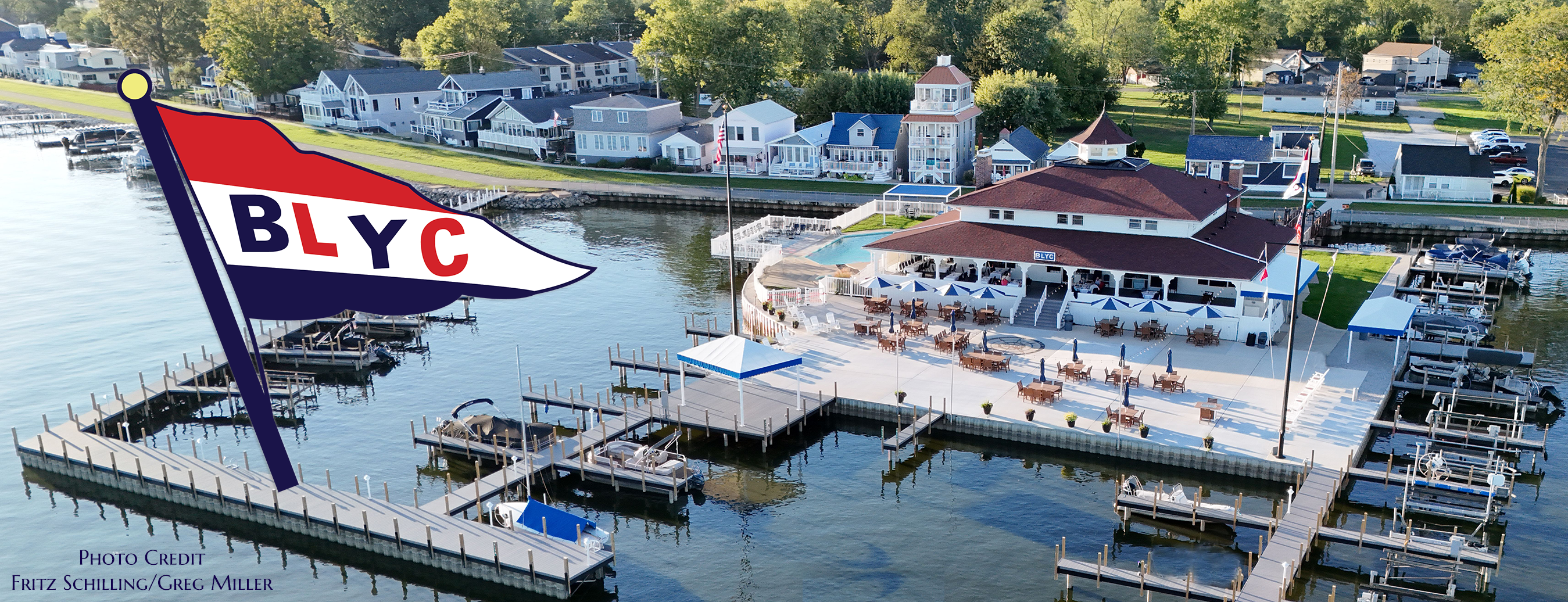– Steve Harris, NRO

The Rolex Sydney Hobart Yacht Race is an annual event hosted by the Cruising Yacht Club of Australia, starting in Sydney, New South Wales, on Boxing Day and finishing in Hobart, Tasmania. The race distance is approximately 630 nautical miles (1,170 km). The race is run in conjunction with the Royal Yacht Club of Tasmania, and is widely considered to be one of the most difficult yacht races in the world. (from Wikipedia)
As usual, the sailing world was following the progress of the annual event online as Ichi Ban, Celestial, and Quest were in a neck and neck race for line honors in the final hours. Quest eventually dropped back, leaving a neck-and-next race to the finish between the remaining two – after 4+ days of racing. This year’s race was particularly difficult. The sea conditions were very rough and over 1/3 of the fleet had dropped by the end of the first 24 hours.
Ever since the disaster in the 1979 Fastnet Race, in which 75 boats capsized, 5 sunk, and 15 sailors lost their lives, there has been an ever increasing focus on safety in sailing – especially for offshore racing. The Sydney-Hobart is no exception.
Locally, most of us are familiar with the safety equipment that ODNR requires us to have on board. However, for “big water” races, most often the US Safety Equipment Requirements are also invoked, requiring further specialized equipment and training. At the level of the Sydney-Hobart, there are similar requirements, and these are rather extensive.
One such requirement that is actually also common at all levels, including inland racing, is the requirement to carry and monitor a VHF radio for emergencies. While not too long ago considered by many to be “unfair” communications, now it is common for Notices of Race and Sailing Instructions to include an instruction requiring boats to both carry and monitor radio communications at all times. Often, these instructions also include a requirement for checking in with the race committee and notifying them of a boat retiring. This very type of instruction has made for an interesting, although somewhat controversial end to this year’s Sydney-Hobart…
From Sailing Scuttlebutt (12/29)…
At the top of the standings today as of 4:30am AET is the TP52 Celestial owned by Sam Haynes, with Matt Allen’s Botin 52 corrected next by three minutes. But a protest by Allen against Haynes, along with a Race Committee protest against Haynes, may trump what occurred on the course…
Both protests refer to Rolex Sydney Hobart Yacht Race Sailing Instructions 31.4 which states: ‘All boats shall maintain a continuous listening watch on VHF Channel 16 for the duration of their race.
The protests were heard together by an International Jury on December 30 and the committee found against Celestial, penalizing her 40 minutes on elapsed time and, thus, giving the win to Ichi Ban. The facts found by the Jury were as follows:
- The wind was at 7-15 knots.
- At 23.53 on 27 December 2021, the Race Committee received a telephone call from Australian Maritime Safety Authority (AMSA) Search and Rescue notifying the Race Committee that a Personal Locator Beacon (PLB) assigned to Wulf Wilkens, a crew member on Celestial, was activated.
- At 23.56, the Race Committee commenced attempting to contact Celestial on the satellite phone listed in their Sat Phone Declaration and received a “call could not be connected” error. The Race Committee continued to attempt to contact Celestial by Satellite Phone during the incident.
- At approximately 23.58 the Race Committee contacted Ichi Ban by satellite phone because they were the nearest boat and within 7 to 10 nm from Celestial. The Race Committee requested Ichi Ban contact Celestial on VHF 16 to clarify whether all were safe on board.
- Ichi Ban commenced calling Celestial on VHF 16 at 23.58 and received no response, approximately every 2 minutes for 7 minutes.
- From 0007, Ichi Ban continued to attempt to contact Celestial at least every 5 minutes on VHF 16 as requested by the Race Committee.
- The Race Committee was in frequent contact with AMSA throughout the incident in relation to the decision whether to deploy search and rescue aircraft from Essendon Airport, Victoria.
- Quest, who heard Ichi Ban’s VHF radio call to Celestial, also attempted to contact Celestial on VHF 16 but no response was received.
- At 0057, following the Race Committee advising AMSA and in agreement with the Race Committee, Ichi Ban released a handheld white flare to attract Celestial’s attention, but did not receive a response.
- At approximately 0120, following permission from AMSA and approval by the Race Committee, Ichi Ban released a red parachute flare in an attempt to attract Celestial’s attention.
- At approximately 0130 Celestial contacted Ichi Ban on VHF 16 using the navigator’s handheld VHF radio on deck. Ichi Ban informed Celestial that the reason for the red flare was to attract Celestial’s attention at the request of the Race Committee due to the activated PLB.
- Celestial confirmed the PLB activation was accidental, and all crew were safe.
- Celestial deactivated the PLB.
- At 0139 Celestial sent a text message to the Race Committee through their satellite phone to confirm the PLB activation was accidental, and all crew were safe. An attempted satellite call failed.
- The Race Committee informed AMSA, enabling the search and rescue aircraft on standby to be stood down.
- Celestial’s installed VHF radio was located on the port bulkhead near the mast, with a repeated to the navigation station. The radio was new in 2021.
- On the morning of the race start, the navigator tested the installed VHF radio and found it to be working satisfactorily.
- At all times during the incident, the VHF radio was turned on as indicated by power light and backlight illuminating channel 16 with volume turned up at the navigation station.
- Two additional handheld VHF radios were on board Celestial but not turned on during the incident until Celestial sighted the red flare. The navigator’s handheld radio was then turned on and used to contact Ichi Ban.
- During the incident, Celestial’s crew were fatigued.
- The Celestial navigator was seated at the navigation station for approximately 97% of the race time.
- During the incident, Celestial’s engine and water maker were both turned on, which created significant noise below deck.
- Celestial did not hear any attempts to contact her on VHF during the incident.
- At other times in the race, Celestial heard Ichi Ban and other marine traffic using her installed VHF radio.
- The distance between Ichi Ban and Celestial did not significantly change throughout the incident duration.
- Twelve other PLBs were accidentally activated during the race, and in each case the boat responded to the Race Committee within 25 minutes (average response time is 15 minutes).
- At all times Ichi Ban continued to race the boat and did not alter course as a result of the incident, however Ichi Ban did prepare and deploy two flares which temporarily affected her performance.
So, what does all this mean?
Essentially, Celestial, while likely not purposely, violated the sailing instruction requiring them to “maintain a continuous listening watch” on the radio. While the penalty they received cost them the win, it could have been worse. Some commenting online think that the penalty they received, however, was still too harsh. Was it? In all reality, they could have been disqualified…
- What if the PLB wasn’t accidentally activated? What if someone was truly in danger and the race committee failed to act on the alert?
- Even though it was an accidental activation, what if the RC marshalled all the rescue resources, putting the rescuers in potential danger for a “false alarm?”
While it may seem harsh to some, safety regulations such as this one exist for a reason. Safety cannot be secondary to winning. Sure, it would be a hard pill to swallow to lose a well fought race in the protest room for what is little more than an “accident.” That said, in my opinion, its better to have such regulations – and to have them strictly enforced – than to have someone lose their life on the water. (Read the full article about the protest from Sailing Scuttlebutt here)
As of today – December 31 – Celestial has filed a Request to Reopen the hearing. Perhaps they have new information and evidence available. Perhaps they’re just “grasping at straws” and holding out hope that another panel may see it differently. I personally doubt that will be the case.
Either way, the saga continues…
